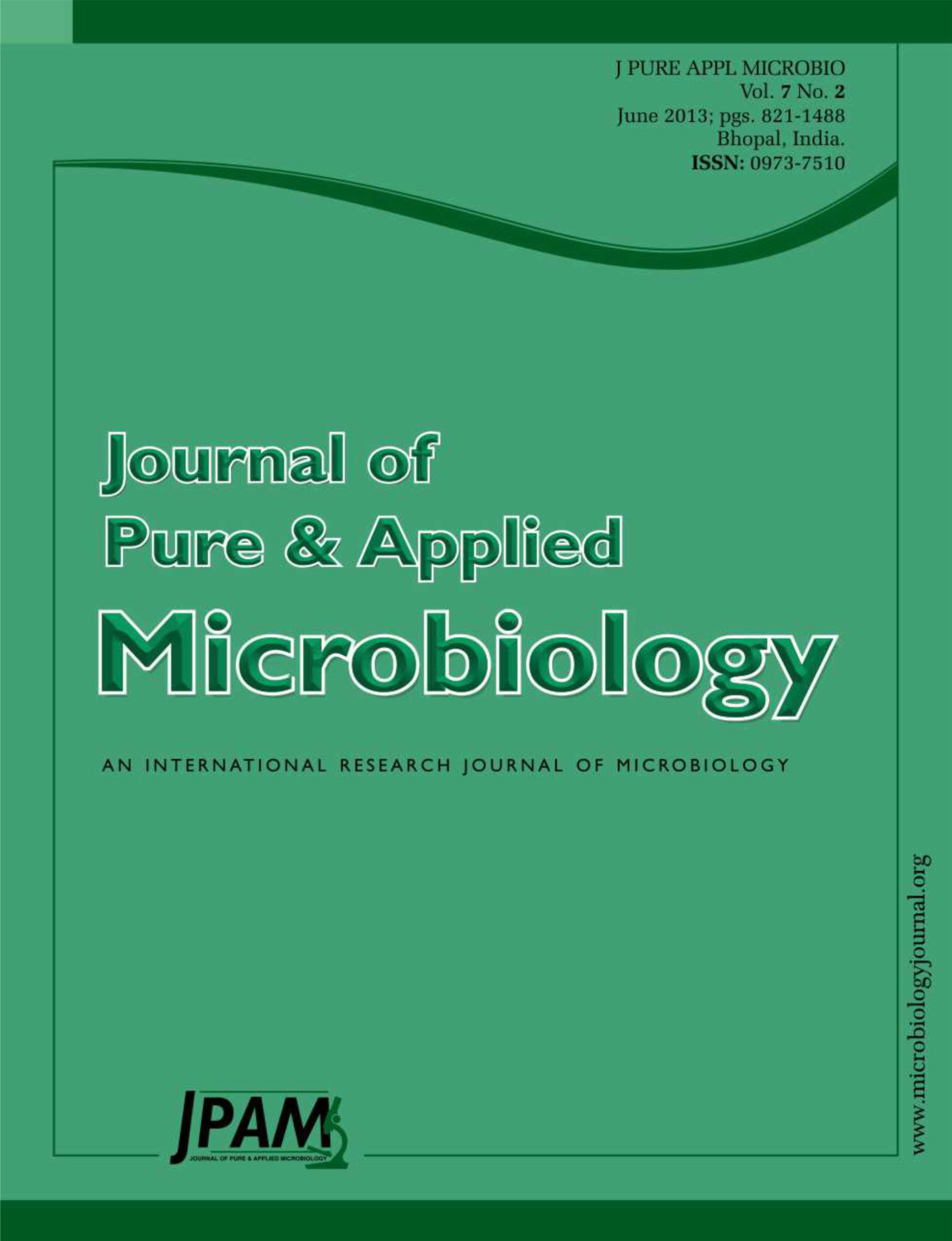During 2005 and 2011, 159 isolates of Corynespora cassiicola were collected from 10 different provinces in China, and their sensitivities to carbendazim and diethofencarb were determined. Among all isolates, 8.2% were sensitive to carbendazim (MS), 91.8% were highly resistant to carbendazim (MHR) and 14.5% were highly resistant to both carbendazim and diethofencarb (MHRNHR), moderately resistant isolates to carbendazim were not found. This is the first report of C. cassiicola isolates that were highly resistant to both carbendazim and diethofencarb. As compared to MS isolates, MHR and MHRNHR isolates showed similar fitness in fungal growth rate, sporulation and pathogenicity. Carbendazim resistance correlated with a single mutation in b–tubulin gene C. cassiicola amplified with primer pair b–tubf1-F and b–tubf1-R causing a change of glutamic to alanine at amino acid 198. Furthermore, the substitution of glutamic acid to lysine and phenylalanine to tyrosine led the resistance to both fungicides at amino acid 198 and 200 repecetively.
Corynespora cassiicola, Carbendazim, Diethofencarb, β–tubulin
© The Author(s) 2014. Open Access. This article is distributed under the terms of the Creative Commons Attribution 4.0 International License which permits unrestricted use, sharing, distribution, and reproduction in any medium, provided you give appropriate credit to the original author(s) and the source, provide a link to the Creative Commons license, and indicate if changes were made.


